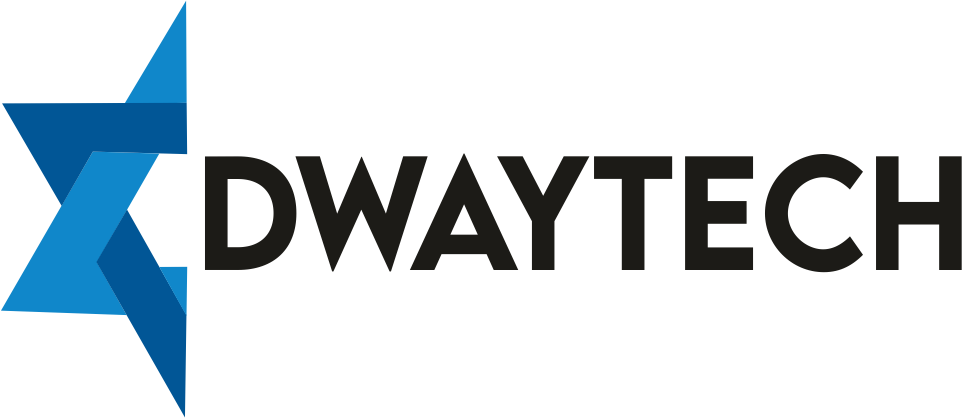I. Introduction to Gap Analysis
A. Definition and Purpose of Gap Analysis
Gap analysis is a strategic tool employed by business analysts to assess the disparity between the current state of an organization and its desired future state. This systematic approach aids in identifying opportunities for improvement and formulating effective strategies.
B. Importance and Benefits of Gap Analysis in Business Analysis
Explore the pivotal role gap analysis plays in enhancing decision-making processes, resource allocation, and overall organizational efficiency. Uncover the numerous benefits that businesses can reap from a well-executed gap analysis.
C. Common Misconceptions about Gap Analysis
Address and debunk prevalent misconceptions surrounding gap analysis to provide a clear understanding of its scope and potential.
II. Preparing for Gap Analysis
A. Identifying the Project Goals and Objectives
Lay the foundation by defining the project’s overarching goals and objectives, ensuring alignment with the organization’s strategic vision.
B. Gathering Relevant Data and Information
Delve into the crucial process of collecting pertinent data and information that will serve as the basis for informed decision-making during gap analysis.
C. Forming a Competent Gap Analysis Team
Explore the key characteristics of a successful gap analysis team and the importance of diverse skill sets and expertise.
D. Understanding Stakeholder Expectations
Highlight the significance of engaging stakeholders throughout the gap analysis process to ensure their expectations are not only met but exceeded.
III. Conducting Gap Analysis
A. Step 1: Identifying Current State
- Analyzing Existing Business Processes
- Assessing the Technology Infrastructure
- Evaluating Organizational Resources and Capabilities
B. Step 2: Defining Desired Future State
- Defining Clear and Measurable Project Goals
- Examining Industry Best Practices
- Incorporating Stakeholder Requirements
C. Step 3: Identifying the Gap
- Comparing Current and Desired States
- Recognizing Discrepancies and Areas for Improvement
- Analyzing the Impact of Identified Gaps
D. Step 4: Developing Gap Mitigation Strategies
- Prioritizing Gaps Based on Importance and Urgency
- Generating Solutions
- Evaluating Risks and Constraints
E. Step 5: Creating an Action Plan
- Setting Realistic and Attainable Goals
- Defining Specific Tasks and Responsibilities
- Establishing Timelines and Milestones
IV. Implementing Gap Analysis Results
A. Communicating Findings to Stakeholders
Examine effective communication strategies to convey gap analysis findings transparently to stakeholders.
B. Obtaining Approval and Buy-in for Proposed Solutions
Explore tactics for gaining stakeholder approval and securing support for proposed solutions.
C. Monitoring Progress and Modifying the Action Plan as Needed
Establish a robust framework for tracking progress, making adjustments, and ensuring continuous improvement.
V. Evaluating the Effectiveness of Gap Analysis
A. Assessing the Impact of Implemented Solutions
Explore methods for evaluating the real-world impact of implemented gap analysis solutions on the organization.
B. Tracking Key Performance Indicators (KPIs)
Discuss the importance of defining and monitoring KPIs to measure the success of gap analysis initiatives.
C. Continuously Improving Gap Analysis Processes
Highlight the iterative nature of gap analysis, emphasizing the importance of continuous improvement to adapt to evolving business landscapes.
VI. Summary and Key Takeaways
Summarize key points and takeaways from the comprehensive guide, reinforcing the importance of gap analysis in driving organizational success.
FAQs
What is the main goal of conducting gap analysis as a business analyst?
Explore the primary objectives business analysts aim to achieve through gap analysis.
How does gap analysis benefit organizations in decision-making processes?
Delve into how gap analysis facilitates informed decision-making and strategic planning within organizations.
Is it necessary to involve stakeholders in the gap analysis process?
Discuss the critical role stakeholders play in ensuring the success of the gap analysis process and the importance of their active involvement.
What are some common challenges faced during the gap analysis process?
Identify and address common challenges business analysts may encounter during gap analysis, offering solutions and mitigation strategies.
How can the effectiveness of gap analysis be measured and improved?
Provide insights into measuring the impact of gap analysis initiatives and suggest strategies for continuous improvement in the process.
Also, Useful Links:
Business Analyst Training Course Online Request Demo










